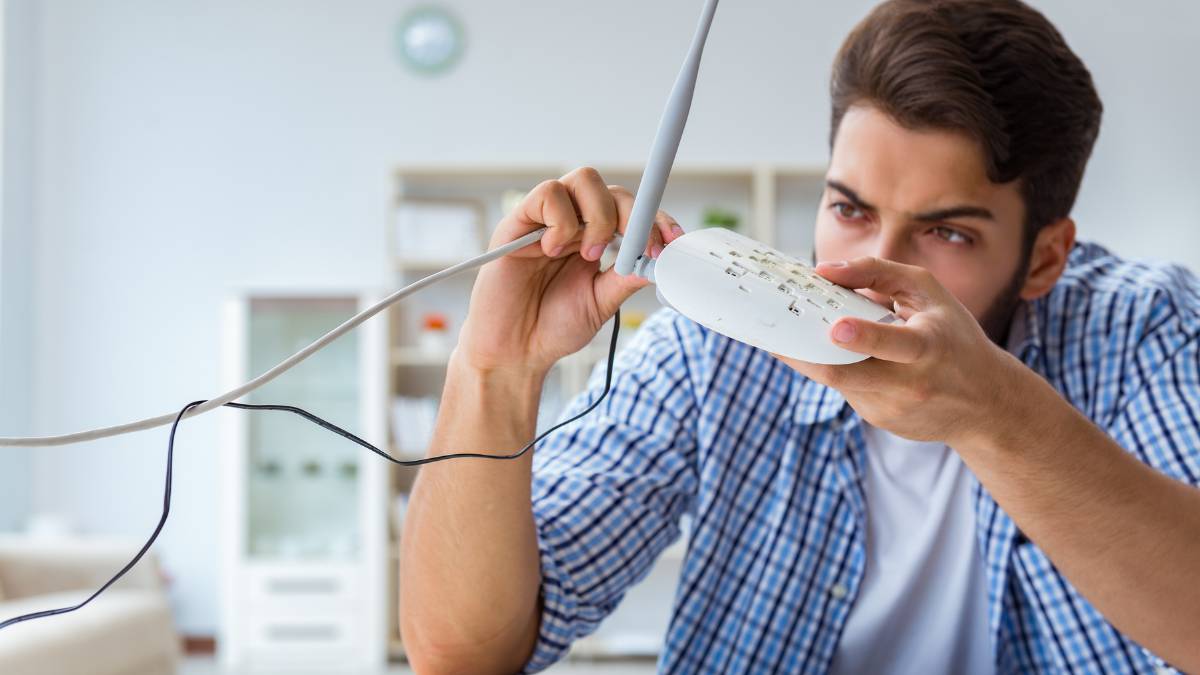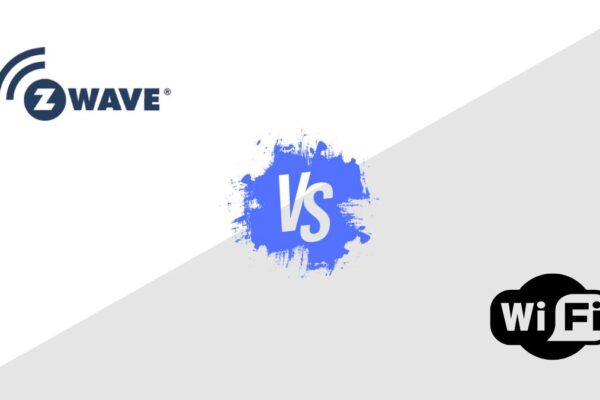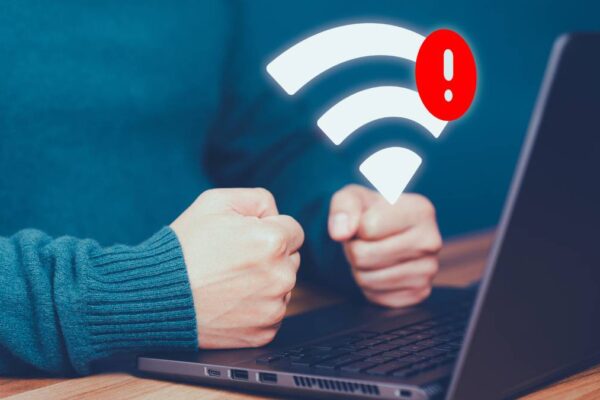When outside elements interfere with wireless signals, it might result in a less than ideal internet experience, a phenomenon known as Wi-Fi interference. In a time when digital connectivity is essential, having a dependable Wi-Fi connection is not a luxury but a need. Let’s explore the complicated nature of Wi-Fi interference to gain a better understanding of its implications and solutions.
Key Takeaways
- Wi-Fi interference can degrade internet experience and is caused by various factors.
- Types of interference include physical obstructions, electronic devices, environmental factors, and interference from other wireless devices.
- Channel overlap and reflection/refraction contribute to interference as well.
- Common sources of interference include microwave ovens, cordless phones, Bluetooth devices, and other Wi-Fi networks.
- Solutions involve identifying and mitigating sources of interference through router configuration and optimization.
- Frequently checking for interference and adopting preemptive measures are recommended.
Types of Wi-Fi Interference
Physical Obstruction
One of the main causes of Wi-Fi interference is obstructions in your living area. A weaker connection might result from structural factors such as walls, flooring, furniture, and others blocking the Wi-Fi signal. The likelihood of the signal’s speed and stability degrading increases with the number of barriers it meets.
Electronic Devices
Electronic equipment that is frequently found in homes is another important source of interference. In the same frequency band as Wi-Fi (2.4GHz), things like microwave ovens, cordless phones, and Bluetooth devices send out messages. This overlap in frequency might lead to signal collisions, which can disturb your Wi-Fi network and lower its overall performance.
Environmental Factors
Weather and other environmental variables can potentially disrupt wireless networks. Heavy precipitation or thick fog, for example, can absorb and disperse Wi-Fi signals, which in turn affects the intensity of the signal and causes connection variations. In order to develop plans to lessen interference during bad weather, it is helpful to understand how environmental factors affect your Wi-Fi.
Interference from Other Wireless Devices
Wi-Fi signals can be disrupted by a variety of wireless technologies, not only the usual electrical equipment found in homes. Some smart home gadgets, such as baby monitors and wireless security cameras, may interfere with Wi-Fi signals because their operating frequencies overlap.
Channel Overlap
Within the 2.4GHz and 5GHz frequency ranges, Wi-Fi routers function on dedicated channels. When many nearby routers use the same or neighboring channels, this phenomenon is known as channel overlap. All of the routers using those channels may experience decreased performance due to interference caused by this overlap. Finding less crowded channels and switching to them can help with this problem.
Reflection and Refraction
Mirrors, glass, and metal are examples of reflecting surfaces that can cause Wi-Fi signals to reflect. When electromagnetic waves travel through transparent substances like water or glass, a phenomenon known as refraction takes place. Signal deterioration and the creation of new signal channels are two ways in which reflection and refraction may amplify interference.
Common Sources of Wi-Fi Interference
- Microwave Ovens – Although microwaves are useful in the kitchen, the signals they release in the 2.4GHz band are incompatible with Wi-Fi. Disruptions may ensue, particularly when food is being cooked.
- Cordless Phones – Wi-Fi transmissions are disrupted by older cordless phones that use the 2.4GHz band. A possible solution to this problem is to upgrade to newer models that use other frequencies.
- Bluetooth Devices – Speakers and headphones that use Bluetooth technology, which operates on the 2.4GHz band, may disrupt Wi-Fi transmissions. You may lessen this effect by placing and configuring your devices correctly.
- Other Wi-fi Networks – Interference from nearby Wi-Fi networks, particularly those sharing a frequency, is possible. To make this problem less severe, you can find less crowded channels for your router.
Wi-Fi Interference Solutions FAQs
What causes Wi-Fi interference?
Physical obstructions, technological gadgets, and signal congestion from neighboring networks can all result in Wi-Fi interference.
Can Wi-Fi interference be permanent?
No, interference is usually transient and may be lessened by changing the router’s configuration and taking care of outside influences.
How often should I check for Wi-Fi interference?
Frequent checks can assist in quickly identifying and resolving interference, particularly while facing connectivity problems.
Are there Wi-Fi interference-free zones?
Completely interference-free areas are uncommon, however interference may be greatly decreased with appropriate network optimization.
Can a Wi-Fi booster help with interference?
While signal strength can be increased using Wi-Fi boosters, interference problems might not be immediately resolved. It’s critical to locate and remove interference sources.
Final Words
In conclusion, for a flawless online experience, comprehending and resolving Wi-Fi interference is crucial. Through the identification of interference kinds, sources, and affects, users may adopt preemptive actions to guarantee a dependable Wi-Fi connection. Accept the direction that Wi-Fi technology is taking and take inspiration from practical applications to build a digital space free from interference.




